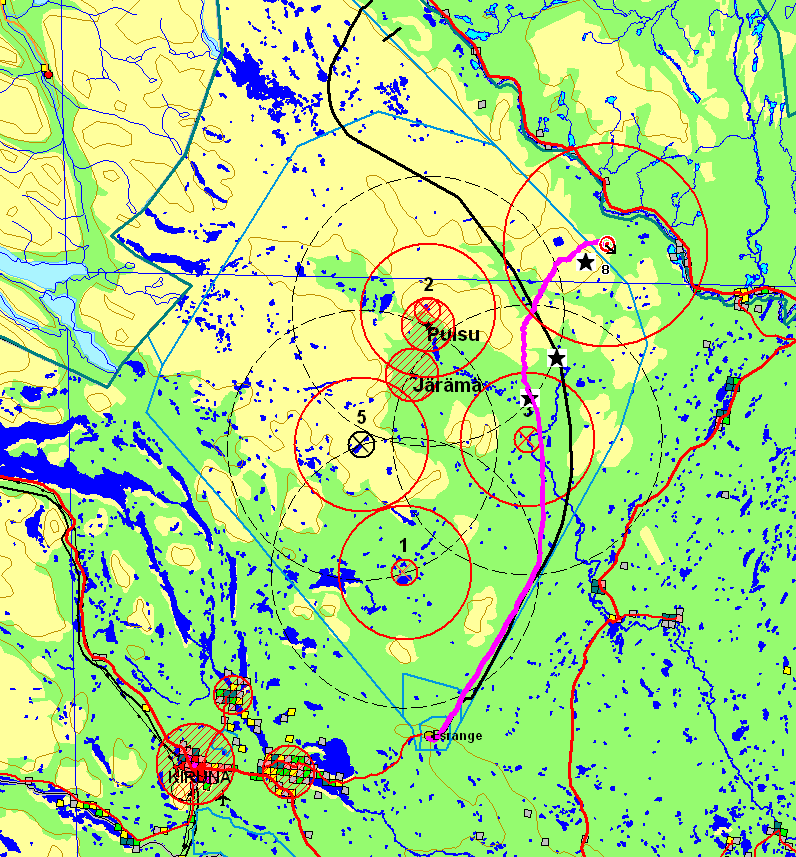Purpose of the flight and payload description
D-SEND stands for Drop test for Simplified Evaluation of Non-symmetrically Distributed sonic boom and was a project carried out by the Aviation Program Group of the Japanese Space Agency JAXA between 2011 and 2015. It comprised a set of flight demonstrations of low sonic boom design technology which, as a key component of environmental compatibility, was considered as a high priority issue in the research and development of silent supersonic technology.
The D-SEND project was composed of two series of drop tests from a stratospheric balloon denominated D-SEND#1 and D-SEND#2. In the D-SEND#1 series, two different axisymmetric bodies were dropped and the sonic booms were measured and compared with each other. In the D-SEND#2 series, an experimental supersonic airplane model (unmanned aircraft with no engine and capable of autonomous flight) based on JAXA's low sonic boom design technology was dropped and the sonic boom was measured. In both series the sonic booms were measured and recorded by a microphone system that was tied to a line between the ground and a blimp floating at an altitude of 1 kilometer. These drop tests were carried out at the Esrange Test Site near Kiruna in Sweden.
Video description of the mission
Details of the balloon flight

Balloon launched on: 5/7/2011
Launch site: European Space Range, Kiruna, Sweden
Balloon launched by: Swedish Space Corporation (SSC)
Balloon manufacturer/size/composition: Zero Pressure Balloon 335.000 m3
End of flight (L for landing time, W for last contact, otherwise termination time): 5/7/2011
Payload weight: 2930 kg
The JAXA drop test was considered as one of the most complex and advanced balloon drop test ever performed at Esrange Space Center. Two drop bodies, weighing 630kg and 700kg respectively, were developed by SSC's engineers as well the balloon gondola according to JAXA's specifications. Three of the drop bodies were equipped with an inertial measurement system and onboard telemetry system that downlinked real time data to the customer.
The balloon was launched from ESRANGE balloon base at 5:44 local time on May 7, 2011. After reaching an altitude of 20.8 km the two bodies taking part in this experiment were released within 10 seconds at 7:02 local time reaching a maximum speed of Mach 1,43. The test bodies were the NWM (N-Wave Model), which generated the pressure signature of an N wave, and the LBM (Low-Boom Model), which generated the pressure signature of a low-boom wave.
The data obtained from the test was valuable as a reference for the validation of the sonic boom propagation analysis method and is expected to contribute to low-sonic boom studies in the future. JAXA has also established for the first time a new method of demonstrating the low sonic boom design concept in the form of a balloon drop test.
External references
- Advanced drop tests from stratospheric balloons SpaceOps 2012 Conference Stockholm, Sweden
- D-SEND project website Japan Aerospace Exploration Agency
- List of balloons launched from ESRANGE SSC Space website (via Archive.Org)
9955If you consider this website interesting or useful, you can help me to keep it up and running with a small donation to cover the operational costs. Just the equivalent of the price of a cup of coffee helps a lot.




